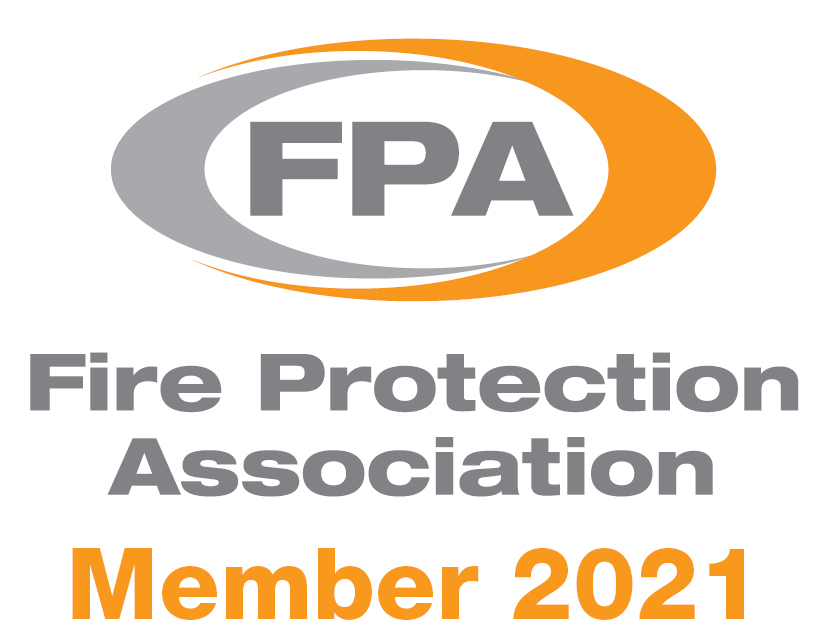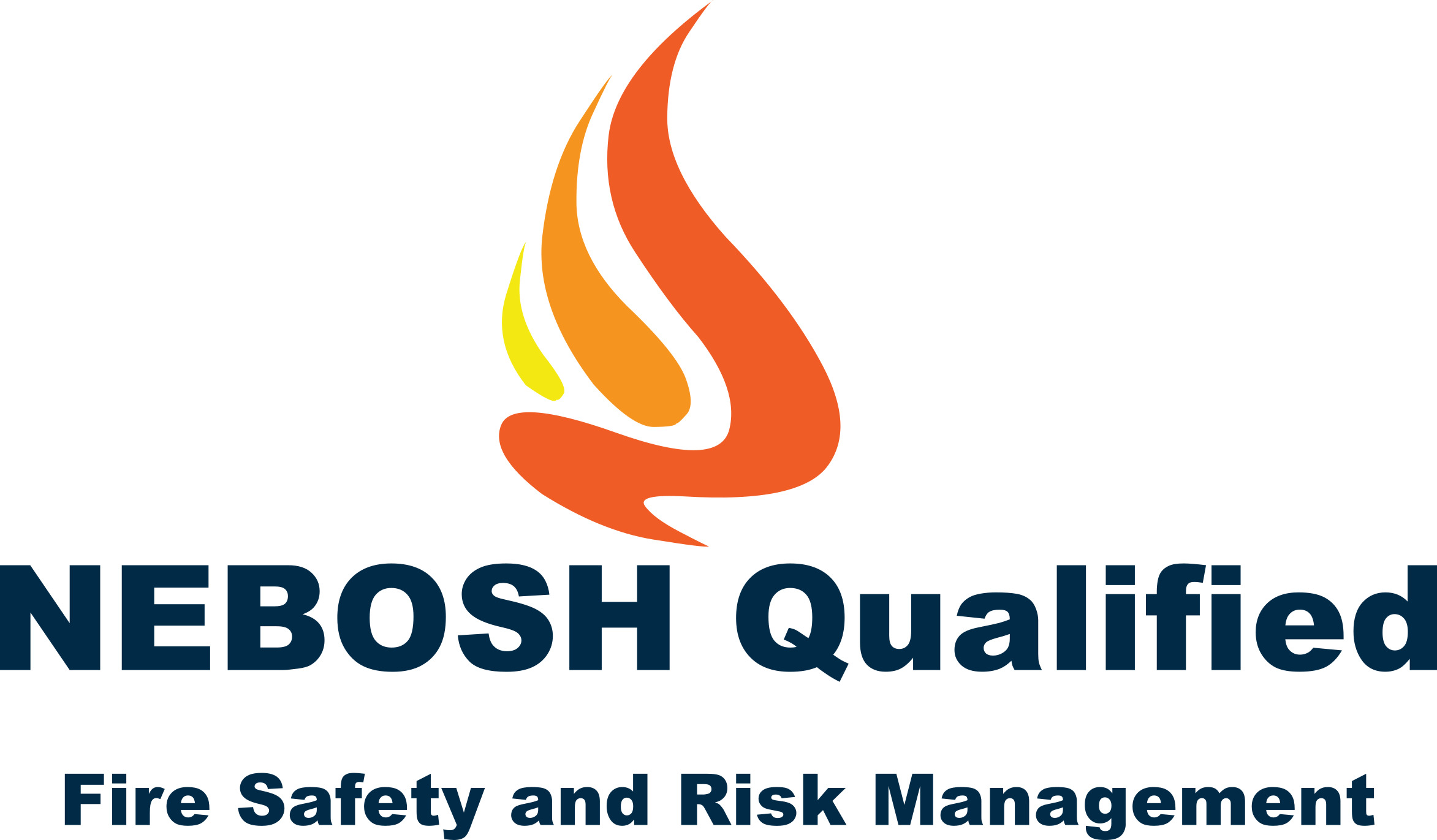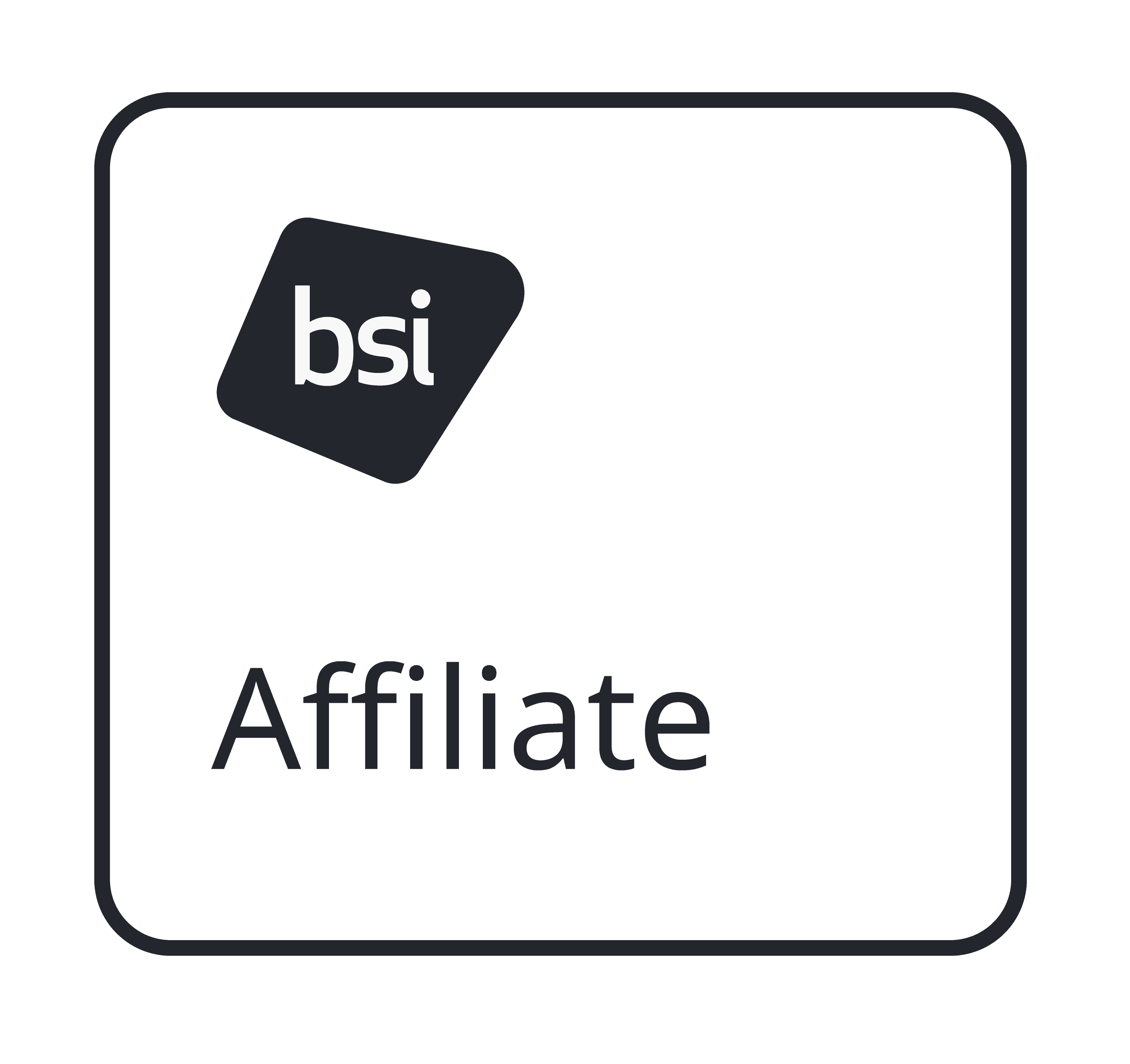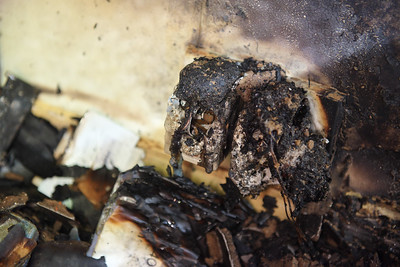
Ensure Compliance with the Fire Regulations
Online Quotation
Located Solihull, Birmingham Area.
Main areas covered include - Coventry, Stoke, Nottingham, Leicester, Stafford, Shrewsbury, Telford, Milton Keynes, Oxford, Luton, Uxbridge, Hemel Hempstead, Banbury. Gloucester, Wolverhampton, Worcester, Northampton, Derby, Hereford
See Genuine Valid Google Customer Reviews Below
Fire Safety Training within the Workplace
Fire safety training is a requirement of the The Regulatory Reform (Fire Safety) Order 2005 and is covered by Article 21. Fire safety training should be given to all people within the workplace whether they are full time, part time, permanent, temporary, agency, or volunteer status.
All persons should be given fire safety training at induction to meet the requirements of the fire safety management plan and procedures. It is very important that procedures are in place to ensure that temporary or transient workers are included in the fire safety training procedures.
I have found quite often that temporary workers have not been trained because it was thought by management that they would on be there for a few days only to find they are still there 6 months on. Be sure to also include people who may have been transferred from for a period of time from another part of the organisation as they will be unfamiliar with the workplace.
Fire Safety Training - Induction
The following should be included within the induction training -
*Action to take on discovering a fire.
*Action to take on hearing the fire alarm.
*Procedures listed within the emergency plan.
*The importance of fire doors and other basic fire preventative and protection measures in place.
*Fire escape routes and exits including the operation of exit devices. Include physically walking the escape routes.
*Include information on using the fire fighting equipment.
*The location of the fire assembly point and the importance of reporting to it.
*Include any relevant information regarding fire hazard control, smoking policies, cooking facilities etc.
*Additional fire safety training will be required to cover specific roles such as Fire Marshals.
It is very important that fire safety instructions are available and easily understood by staff and visitors. Written instructions should be available in alternative formats such as large print, Braille or on audio devices.
Ensure any changes made to the emergency evacuation are conveyed to all people affected in writing.
It is vitally important that there fully trained staff to help any disabled or vulnerable people who occupy the premises. See our Guide - Fire Safety for Disabled People.
Visitors should be informed of the evacuation procedures when signing in at reception. Unfortunately I have often seen that the evacuation procedures are printed on the reverse of the visitors badge which can be unnoticed by the visitor.
Online Fire Safety Course.
This highly recommended online Fire Safety Training Course teaches you about the fire risks in work premises and what safety measures should be in place to control them. It explains everyone’s legal responsibilities, the common causes of fires, how to prevent them, what fire safety arrangements are necessary, and the importance of following emergency procedures. See full details
Fire Safety Training for Fire Marshals
Fire Marshals require more in depth Fire Safety Training as they will ensure that the emergency evacuation procedures are carried out correctly.
Their training and practice should include -
*Full details of the evacuation procedures.
*Their role in the evacuation procedures.
*The tasks that their role requires them to conduct.
*Ensure they are totally familiar with the lay out of the building.
*How they will identify themselves.
*That they recognise their own limitations for personal safety.
*How they will search the premises during any evacuation and communicate with others and confirm areas have been checked.
Fire Marshal/Warden online course
This highly recommended online course will provide you with the necessary training required to be a qualified fire Warden/Marshal. It will educate you about what your legal duties are, will provide you with an understanding of fire, familiarise you with fire hazards and fire safety arrangements, and detail what your emergency evacuation procedures should entail. The information in the course will enable you to take responsibility for fire safety in your workplace and protect everyone’s well being. The course is accredited by CPD and Approved by RoSPA with a full certificate on completion.See full details
Online Fire Safety Course for Schools
By law, anyone who works in a school requires fire safety awareness training. This Fire Safety for Schools training course will help your school comply with this requirement, as it provides staff with the necessary knowledge to help them maintain fire safety measures and follow evacuation procedures. It will explain how they can minimise common fire safety risks in a school and support students and vulnerable people during a fire.
Ensures compliance with the Regulatory Reform (Fire Safety) Order 2005, the Education (School Premises) Regulations 1999, the Fire Safety (Scotland) Regulations 2006 and the Fire Safety Regulations (Northern Ireland) 2010.The course is accredited by CPD and approved by RoSPA with a full certificate on completion. See Full Details
Online Fire Safety Course for Care Homes
This recommended Fire Safety for Care Homes training course teaches care home workers how to uphold fire safety measures and provide support to help vulnerable residents evacuate safely. It helps you comply with fire safety law and keep all your residents safe from harm.
Those in residential care may not be able to evacuate safely on their own, particularly those with mobility issues and conditions that affect their understanding. This course teaches you what fire safety arrangements should be in place in a care home to prevent fires from starting and to enable safe evacuation. These procedures ensure both residents and staff can evacuate with assistance, or on their own, safely.The course is accredited by CPD and approved by RoSPA with a full certificate on completion. See Full Details





